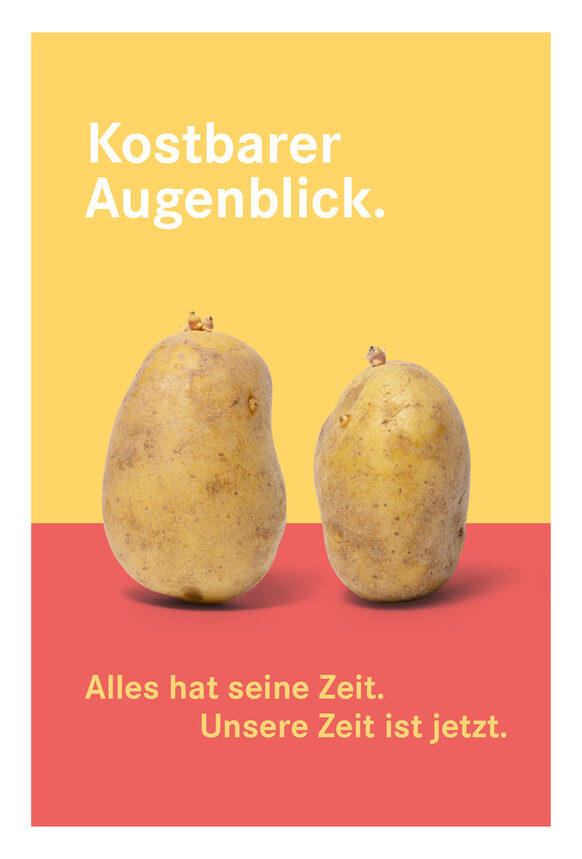
Sprouts are small indentations on the potato tuber, also known as eyes. If a potato has such sprouts, or even few and short sprouts, this is no reason to throw the potato away. Precious moments can be enjoyed without any health concerns.
"How you value me"
Potatoes have been cultivated for centuries and have become a staple food in Germany and the region due to their benefits. On average, every German eats around 55 kilograms of potatoes per year. The potato is a valuable tuber by nature: it provides almost no fat, but contains starch, fiber, protein, vitamins, minerals and secondary plant substances. Overall, the composition of the ingredients in potatoes is very favorable, so that they should have a firm place in a balanced diet.
"Where I come from to you"
There are numerous farmers in Bonn and the region who grow and sell potatoes directly. Potatoes from Bonn and the region are also on sale at Bonn's markets or at the Markt-Schwärmereien.
You can find more information on this in the following shopping guide for regional organic food:
Ihr Browser unterstützt keine Inlineframes. Sie können den Inhalt dennoch verwenden, indem Sie den folgenden Link verwenden.
"When I am there for you"
In Germany, potatoes are harvested from the end of June to October. Because the late varieties in particular can be stored very well, potatoes can be sold all year round.
- Very early varieties have a vegetation period of around 90 to 110 days. They are usually pre-germinated and come onto the market in June/July as early potatoes. Examples are the varieties "Solist", "Annabelle" and "Anuschka".
- Early varieties have a vegetation period of 110 to 120 days. In contrast to early potatoes, they have a somewhat firmer skin and can be stored to a limited extent. They can be found on the market from July/August. "Belana", "Gala", "Marabel" and "Natascha" are typical early varieties.
- Medium-early varieties have a vegetation period of 120 to 140 days and are harvested at the end of August. They are the largest group of varieties and are considered to be the actual potatoes for cellaring. This group includes "Agria", "Allians" and "Laura".
- Medium-late to late varieties: At 140 to 160 days, they have the longest vegetation period and can also be stored well. Typical varieties are "Jelly", "Pheasant" and "Cascada", which are harvested in September/October.
* Source of the variety overview: https://www.bzfe.de (opens in a new tab)
"What we experience together"
The potato is the vegetable that is most often thrown away (Gfk SE Nuremberg 2017), but this is often avoidable. As with all fruit and vegetables, it is worth buying potatoes according to your needs: Only buy the quantities you really need.
Potatoes can also be stored at home for several weeks under the right conditions: The best place to keep them is in cool, frost-free, dry and darkened storerooms or cellars. Make sure that the potatoes are stored as separately as possible from apples, pears or tomatoes, for example, to prevent the ripening gas ethylene from accelerating the wilting and sprouting of the potatoes. The storage location should be well ventilated. Dark storage, for example in air-permeable jute sacks or paper bags, helps to prevent unwanted shriveling, sprouting and greening of the potatoes.
If the potatoes start to sprout or turn green, this is a sign that the maximum storage period has been reached and the potatoes should be consumed soon. Wrinkled potatoes should also be processed as soon as possible. Slightly green spots and sprouts should be cut off generously. If the potatoes are predominantly green or have already sprouted a lot, they should be disposed of.
By the way: even cooked potatoes will keep for at least two days in the fridge and can be used to make potato salad, roast potatoes or soup.